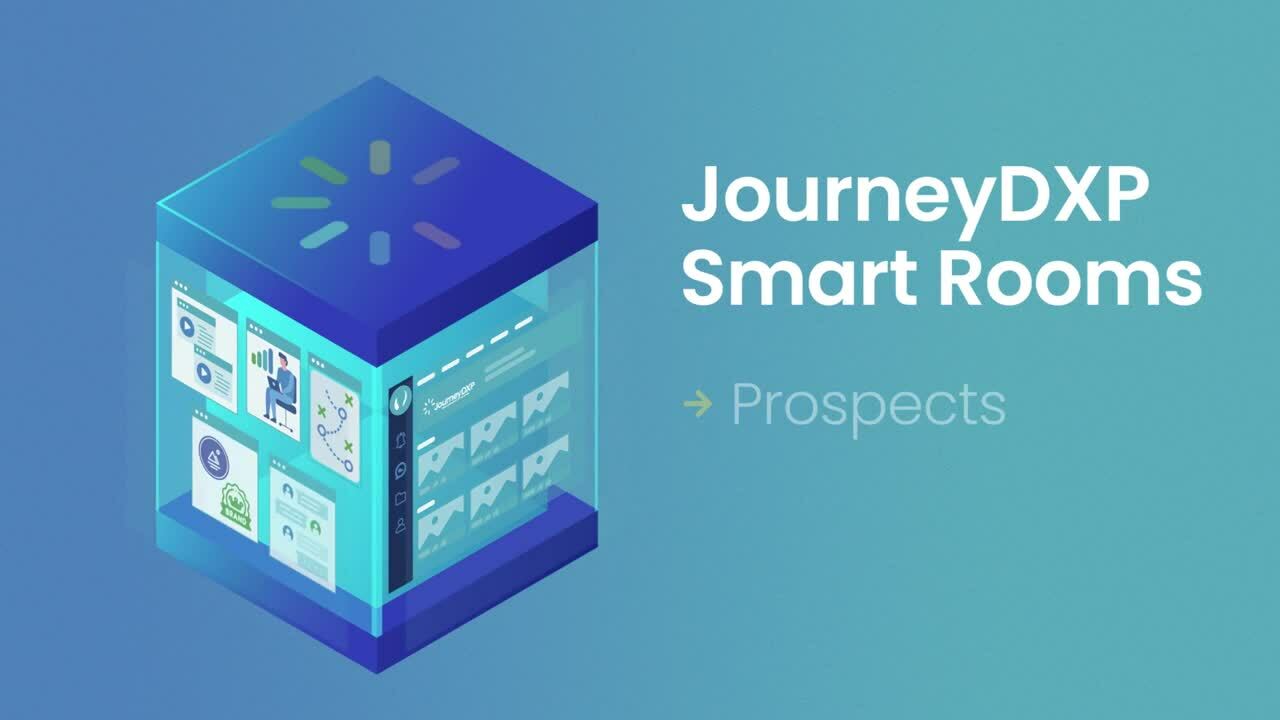The gold standard CRM is becoming the gold standard system of engagement. What the evolution of selling means for Salesforce users: a true 1+1=3 scenario.
Let’s begin by giving credit where credit is due: Salesforce.com is the undisputed heavyweight champion of the CRM world. Salesforce has the greatest market share and most robust partner network of all available CRM solutions, and many users would agree it’s the most robust solution available offering a superior level of support and security. With the Lightning Experience reboot, Salesforce improved user experiences and became a system clients depend on for the hierarchical organization of our accounts, contacts, opportunities, campaigns, and other day-to-day sales data.
Prescient outlook and product strategy from its leadership, along with a continued commitment to strong partner relations and flexible platform architecture, have given the Salesforce client base an opportunity to expand our expectations of CRM capabilities well beyond its previous limitations as a simple system of record to view the CRM instead as a much-needed system of engagement.
A Renewed Focus on the Customer Experience
Recent research from Accenture Interactive reveals that 87% of companies believe customer experience is the new battleground. Brent Adamson, Gartner Distinguished Vice President and author of The Challenger Sale, has also stated that rather than selling, “the greatest challenge for sales teams today is how hard it’s become to be a buyer.” In effect, the sales teams that win the most are those that uncover the best methods of improving the customer experience, finding proven strategies for engaging their customers and helping them fulfill their roles as informed, successful buyers.

The pandemic has also forced many businesses to improve sales by taking a buyer-first perspective. We not only need to make our buyers’ jobs easier, but also take responsibility for meeting them exactly where they are along the journey. In 2020, McKinsey found that more than three quarters of buyers and sellers prefer digital self-serve and remote human engagement over face-to-face interactions. In 2021, Bain & Company found that 92% of buyers prefer virtual sales experiences to live interactions. The likelihood of being selected as a primary supplier has doubled for companies that provide an outstanding digital experience.
That said, we cannot completely dismiss the difficulties our sales reps do face, like the increased number of buyer representatives weighing in on purchase decisions at prospective client companies. Gartner reports this group now consists of eleven direct decision-makers and seven additional influencers. That’s eighteen people who will potentially impact a sale—a near impossible number for client-facing teams to fully identify, let alone engage with throughout the sales process. And with far fewer chances to conduct sales in person an on site due to the pandemic, it’s more difficult to walk the halls of these organizations, meeting new people and unearthing opportunities to upsell, cross-sell, and achieve new installations. It’s clear that across all industries, salespeople need new tools to succeed in a world quickly becoming dominated by virtual selling strategies.
Fixing the Broken B2B Sales Process
Gartner defines virtual selling as “the collection of processes and technologies by which salespeople engage with customers remotely, with both synchronous and asynchronous communications.” Synchronous communication essentially involves the use of a phone or, more often than not, a live screenshare via Zoom, Teams, WebEx, or another video conferencing system of choice. Yet Gartner’s recent B2B sales guide finds that only 17% of a buying group’s time is spent on these synchronous activities, engaging directly with potential vendors. Stakeholders spend the remaining 83% in the asynchronous realm, conducting research, participating in internal discussions, and performing other activities central to the decision-making process. Unfortunately, this asynchronous process can be inherently complex, time-consuming, and woefully inefficient.

Equally unfortunate—and a significant cause of stalled deals in today’s market—is the clumsy backseat approach sales reps are often forced to take in assisting prospects and customers throughout this painful journey:
“Need more information? Happy to help! I’ll send you an email with the documents attached. Could you also share that with the rest of your team?”
Sound familiar? The problem here is that the last thing customers want from sales contacts are more emails with more attachments that they need to save, share, paraphrase, or generally manage to ensure other stakeholders at their company obtain the necessary information to weigh in on making the purchase. And when someone on the buying team misplaces the content, they have to request a resend from the same sales rep who’s just waiting in the wings for a final decision.
This awkward, disconnected sales stage makes the modern buyer’s job more difficult, although it remains a large component of today’s broken B2B selling process. It’s up to us, the B2B sales force, to make it easier for our buyers to buy—a feat we can accomplish by tapping into the power available to us as users and partners of Salesforce.
The Rise of the Digital Sales Room
Sales teams must embrace virtual selling and look to our CRM as the core system with which we can launch the same exceptional digital customer experiences McKinsey says will help us double our chances of being chosen as primary providers. The technology emerging as the antidote to the trauma historically inflicted on B2B buyers has been classified by Gartner as the digital sales room, and it sits right in the middle of the most common interaction paths between buyers and sellers.
With the help of Salesforce, we can build digital sales rooms that enable the fast, easy deployment of intuitive client-branded digital experiences, complete with collaboration features, content privacy controls, automation tools, proactive usage notifications, robust analytics, and the ability to let prospects invite their colleagues into the space to support streamlined decision-making.

All content is sent through and stored in the digital sales room; nothing gets lost, and all members of the buying team have 24/7 access to the content made visible to them via custom privacy settings. Sales reps can guide more valuable customer engagement by providing the right content at the right time and remain accessible to buyers for questions, clarifications, and commentary. Because relevant information needed throughout the process is readily accessible to buyers, digital sales rooms effectively streamline the self-education and research phase inherent to important buying decisions. Asynchronous engagement is made far less challenging and perhaps even drastically reduced thanks to eliminated redundancy.
And the benefits to our sales teams? Simple.
By making life easier for buyers, sales professionals are able to report shorter sales cycles, higher close rates, improved retention, enhanced customer satisfaction, and greater revenue contribution to their organizations.
Smart Rooms, the first digital sales room technology built natively in Salesforce, seamlessly connects customer-facing digital experiences directly to the accounts, contacts, opportunities, and campaigns contained in your Salesforce.com CRM. This means that businesses don’t need to sacrifice data security to experiment with virtual selling and explore the power of the digital sales room. All data inherent to customer access and usage is protected by the same security provisions you’ve come to rely on for other data stored in the Salesforce CRM, and both sides of the buying experience—internal and external—are lightweight, intuitive, and easy to execute.
And best of all? The competitive differentiation and ROI achieved through successful platform usage can be an off-the-charts game-changer for B2B sales teams navigating the brave new world of digital engagement and virtual customer interaction. Start thinking of your CRM as a powerful system of engagement to reap the benefits of better sales.
If your organization is interested in transforming your B2B sales cycle and customer engagement practices, learn more in The Simple Guide to Virtual Selling and contact JourneyDXP to get familiar with our next-generation Smart Rooms platform.
POPULAR
The Imperative Alignment of Sales and Marketing in the Digital Age
In today's hyperconnected and rapidly evolving business, communications, and technology landscape, the convergence of sales and marketing functions has become more pronounced than ever before. Alignment between sales and marketing teams has emerged as a critical determinant of success. This blog delves into why it has become more essential than ever for sales and marketing teams to be fully aligned in their prospect and customer engagement strategy and explores how digital sales rooms serve as potent tools in facilitating this alignment and fostering enhanced customer engagement.
RELATED
4 B2B Business Development Strategies Rooted In Thoughtfulness
Business development (and business development reps, also known as BDRs) get a bad rap. They’re traditionally viewed as the cold callers; the folks who chip away at a mountain of email addresses and phone numbers...




